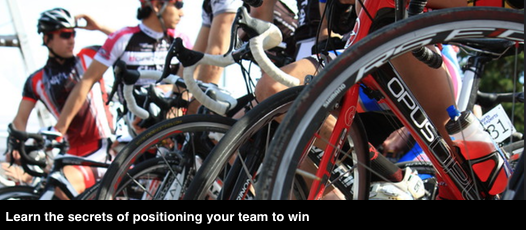In a recent post, we explained how to demonstrate responsiveness to a proposal issuer’s strategic drivers and hot button issues. This post deals with positioning—the art and science of comparing your solution favourably against alternatives.
Successful positioning differentiates your company, team and solution. To be a differentiator, a feature must:
- Be a feature or quality you possess that your competitors don’t, and;
- Convey a benefit that matters to your client
Where to find differentiators
Most differentiators can be found in four areas. To find yours, ask the questions below:
- Understanding: Can you make the case that your company understands the prospect and the project better than any other vendor? Incumbents often make this argument during rebids.
- Experience: Can you demonstrate that you have the most experience in the kind of work on offer? This can make the case that you are best able to bring the project in on time and on budget.
- Performance: Can you prove that one or more aspects of your solution—design, quality, reliability, cost, safety record—is superior to those of other competitors?
- People: Can you propose individuals for key project roles who are known and liked by the issuer and/or have proven ability to perform at a high level?
Manage your weaknesses
Positioning can also be defensive. Does your main competitor have strengths it is likely to position against you? If so, consider how you can defend proactively. For example, if you know a much larger competitor will position its bench strength and installed base against you, defend by stressing your flexibility and responsiveness—ideally with an example of how this led to success in a similar project.
Ghost your competition
Ghosting is the practice of directly targeting some aspect of a competitor’s offer—without, of course, mentioning the competitor by name. If, for example, a competitor is known to be struggling financially, you could ghost with a statement such as, “[OurCo’s] strong balance sheet means [Issuer] will avoid risk of schedule delays caused by financial issues on our part.”
Ghosting can be used to offset competitor strengths, exploit competitor weaknesses, reinforce your relative strengths and defend your perceived weaknesses. See this post for more on ghosting competitors in bid proposals.
Stand out—but be careful
Relatively few proposal teams effectively use positioning in their RFP responses. This means that skillful use of positioning can have a significant impact on evaluators’ impressions—and their scores.
Because positioning involves making a comparison, it can be perceived as negative. Overdone, it can also be seen as preachy or condescending. To avoid leaving this impression, use positioning sparingly and ensure your arguments are sound.


